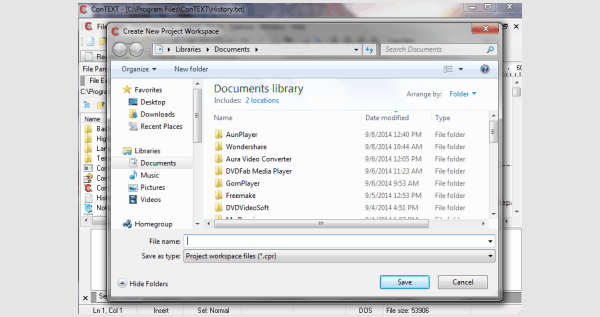
The linker produces an executable file to run on the target platform. Linking: The linker then combines assembly code with any library functions that are required by the program and resolves any references to external symbols/libraries.Assembly: The compiler then passes the object code to an assembler, which converts the object code into assembly code.The object code is a machine-readable representation of the source code, but it is not yet executable. Compilation: Second step performs the actual translation of the source code into object code.Pre-processing: First, the pre-processor reads the source code and performs macro expansions, inclusion of header files, and other operations as specified by pre-processor directives (#include, #define, #ifndef, etc.).The following are the steps involved in the C++ compilation process: What is C++ Compilation Process and steps involved?Ĭ++ Compiler transforms source code into machine readable code to execute directly by the computer. Providing set of tools and resources to help programmers be more productive and efficient.Integrating with version control systems (such as Git and Subversion).Automating the software development process.Building and managing software applications and projects.Writing, editing, and debugging source code in different programming languages.


7) Eclipse IDE – CDT (C/C++ Development Tools).



 0 kommentar(er)
0 kommentar(er)
